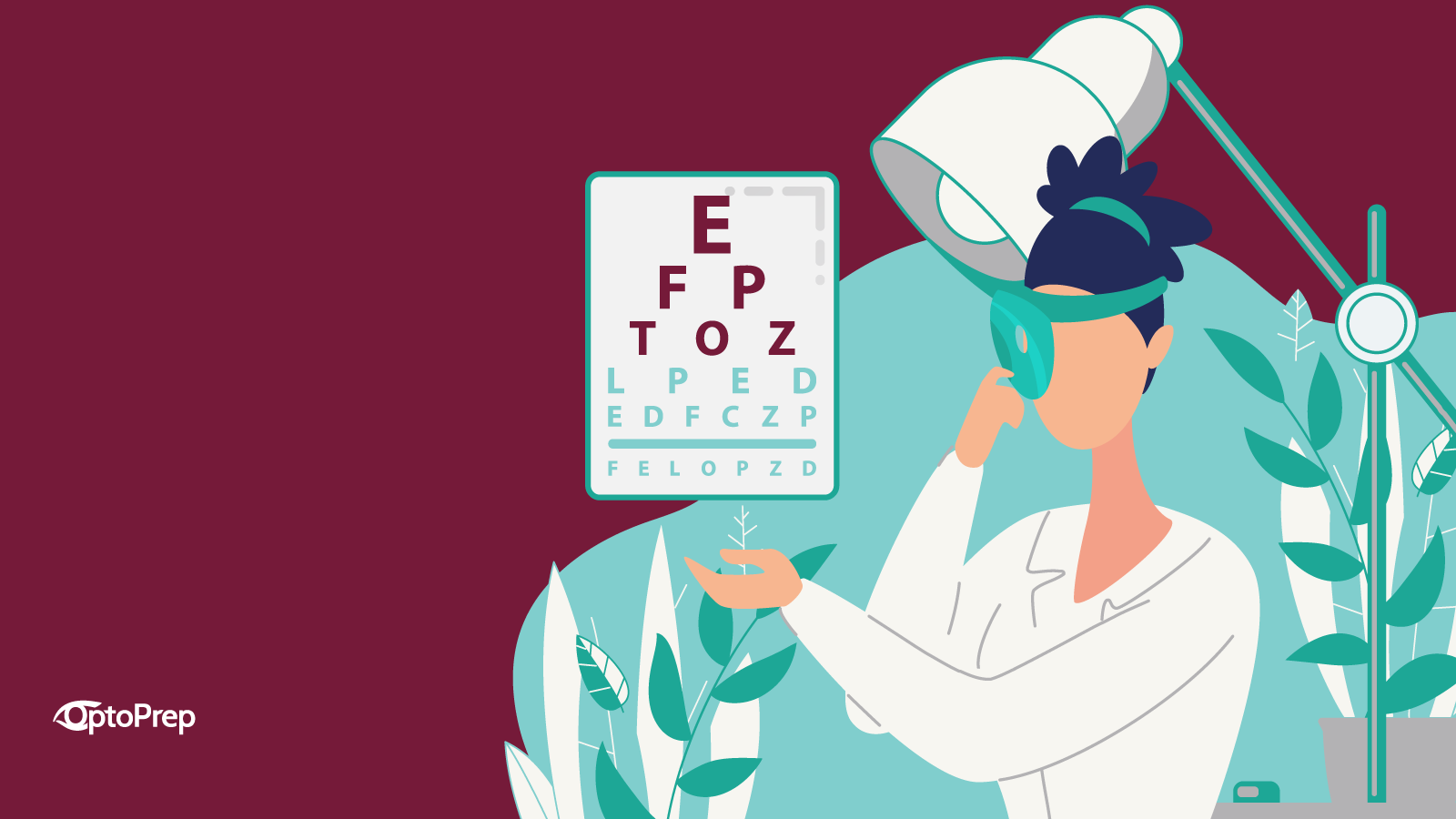
In the last blog post, we covered first-line glaucoma medications, Prostaglandin analogs, and Beta-blockers. Besides these key players, there are a few more categories of glaucoma medications that surely deserve recognition. Let’s review alpha-2 agonists and carbonic anhydrase inhibitors!
Alpha-2 Agonists
Mechanism of action:
Alpha-2 agonists reduce the amount of aqueous secretion and enhance aqueous outflow through the uveoscleral route, thus decreasing intraocular pressure.
Dosage:
The recommended dosage for Iopidine® and Alphagan® is three times per day (TID).
Side effects:
- Ocular
- Conjunctival hyperemia
- Burning/stinging/foreign body sensation
- Blurred vision
- Conjunctival vessel blanching
- Mild miotic effect
- Systemic
- Decrease in blood pressure and heart rate
- Contraindicated in patients taking monoamine oxidase inhibitors (MAOIs)
- Caution in those with severe cardiovascular disease
- Avoid in young children due to crossing the blood-brain barrier
Preparations:
- Iopidine® (Apraclonidine): In addition to decreasing aqueous secretion and increasing uveoscleral outflow, Iopidine® may have additional IOP-lowering effects due to its influence on ocular blood flow. Iopidine® shows a significant drop in IOP that lasts about 12 hours, with a peak effect at about 3-5 hours, which can be up to a 30-40% drop in IOP. However, the benefits of Iopidine® in most patients are short-lived due to the development of tachyphylaxis or ocular allergies that may warrant discontinuation; therefore, Iopidine® is most commonly used after laser surgery of the anterior segment to offset potential acute IOP spikes.
- Alphagan® (Brimonidine): Alphagan® is a potent and highly selective alpha-2 adrenoreceptor agonist (about 30x more selective than apraclonidine). There is also evidence that shows that Alphagan® may provide neuroprotective properties, though controversial. Peak IOP-lowering with Alphagan® occurs about 2 hours after the instillation of the medication and lasts about 10-12 hours; therefore as a monotherapy, Alphagan® is typically dosed three times daily (TID). Alphagan is usually not the initial drug used to treat glaucoma but is often rather used as a secondary medication for further IOP reduction.
Carbonic Anhydrase Inhibitors (CAIs)
Mechanism of action:
Inhibit aqueous secretion.
Dosage:
TID as monotherapy, BID as an adjunctive treatment.
Side effects:
- Ocular irritation, foreign body sensation, stinging
- Blurred vision
- SPK, conjunctivitis
- Headaches
- Bitter taste
Caution:
- Caution in patients with allergies to sulfonamides
- Caution in patients with severe renal and/or hepatic impairment
- Avoid in patients who are taking oral carbonic anhydrase inhibitors
Preparations:
- Trusopt® (dorzolamide): Trusopt® is typically used TID as monotherapy, or BID as an adjunctive treatment. Its IOP-lowering effect has been shown to be similar to betaxolol but inferior to timolol (average decrease in IOP is approximately 23-24%, with the peak effect occurring 2 hours after administration). Trusopt® should be used with caution in patients exhibiting corneal endothelial dysfunction, as some studies have shown that it may cause further decompensation.
- Azopt® (brinzolamide): The IOP-lowering effect of Azopt® has been proven to be equivalent whether dosed at BID or TID. Its hypotensive effect is similar to that of Trusopt®.
Now that we reviewed the categories of drugs used for Glaucoma treatment, stay tuned for the next blog post for all you need to know about combination drugs!
